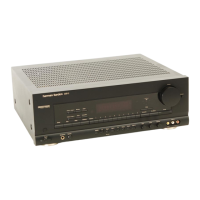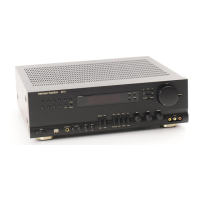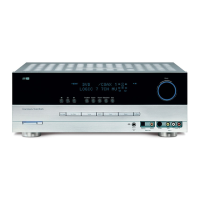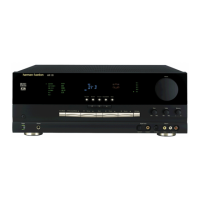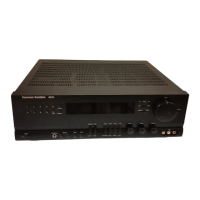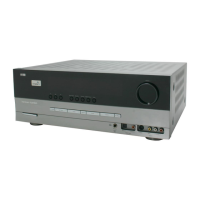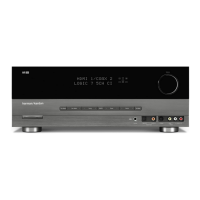LEAKAGE TEST (FOR SERVICE ENGINEERS
IN
THE U.S.A.)
Before returning the unit to the user, perform the following safety checks:
1.
Inspect all lead dress to make
certain that leads are not pinched
or that hardware
is
not lodged be-
tween
the
chassis
and
other
SIMPSON MODEL 229 ETC. FOR
LEAKAGE TEST
metal parts
in
the unit.
TO EACH EXPOSED
2.
Be sure that any protective de-
vices such as nonmetallic control
knobs,
insulating
fishpapers,
cabinet
backs,
adjustment
and
METAL SURFACE OF
-------1
UNIT UNDER TEST
compartment covers
or
shields,
isolation
resistor-capacity
net-
works,
mechanical
insulators,
etc. Which were removed for ser-
vicing are properly reinstalled.
3.
Be
sure that no shock hazard exists; check for leak-
age current using Simpson Model 229 Leakage
Tester, standard equipment item No. 21641, RCA
Model WT540A or use alternate method as follows:
Plug the power cord directly into a 120-volt
AC
re-
ceptacle (do not use an Isolation Transformer for
this test). Using two clip leads, connect a 1500
Ohm, 10-watt resistor paralleled by a 0.15µF ca-
pacitor,
in
series with all exposed metal cabinet
parts and a known earth ground, such as a water
pipe
or
conduit. Use a VTVM
or
VOM with 1000
Ohms per volt, or higher sensitivity to measure the
HIGH
VOLTAGE
OR+LEAD
TEST PROBE
AC voltage drop across the resistor. (See Diagram.)
TO
EXPOSED
Move the
resistor
connection
to each exposed METAL PARTS
metal part having a return path to the chassis (an-
tenna, metal, cabinet, screw heads, knobs and con-
trol shafts, escutcheon, etc.) and measure the
AC
voltage drop across the resistor. (This test should
be performed with the power switch
in
both the
On
and Off positions.)
0.15µ F
TO AC GROUND SUCH
GROUND
AS
WATER PIPE, BX CABLE.
LEAD CONDUIT, ETC.
CONNECT TO KNOWN
EARTH GROUND
A reading of 0.35 volt
RMS
or more
is
excessive and indicates a potential shock hazard which must
be
corrected
before returning the unit
to
the owner.
4
C
(
(
\_
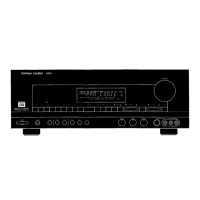
